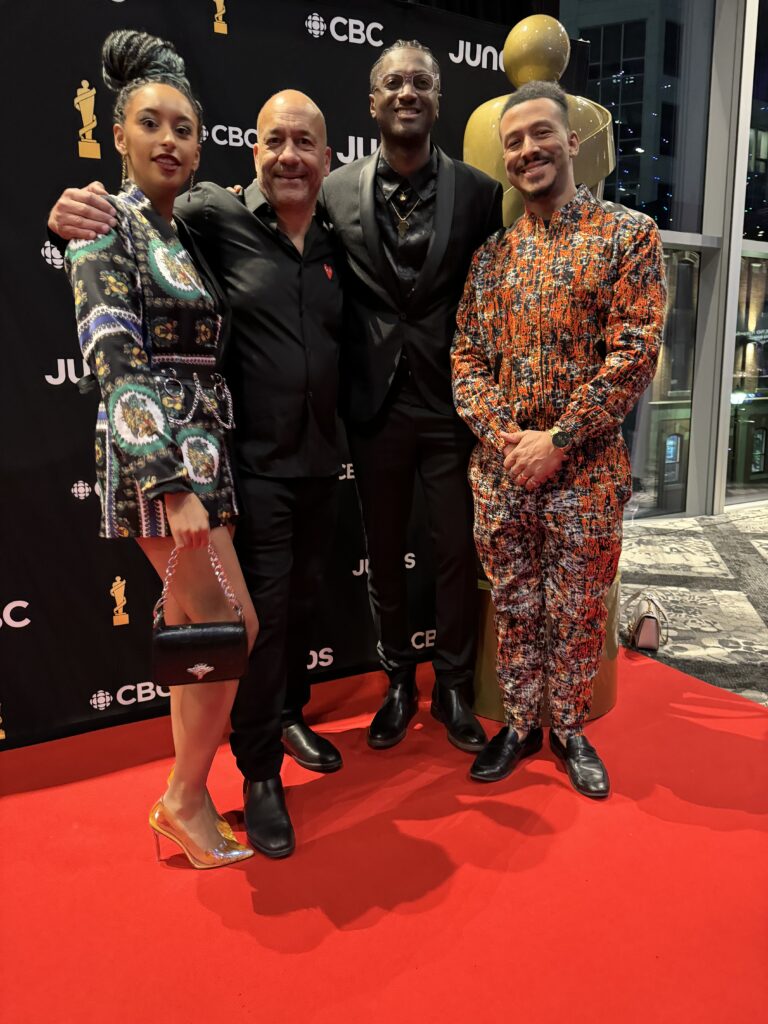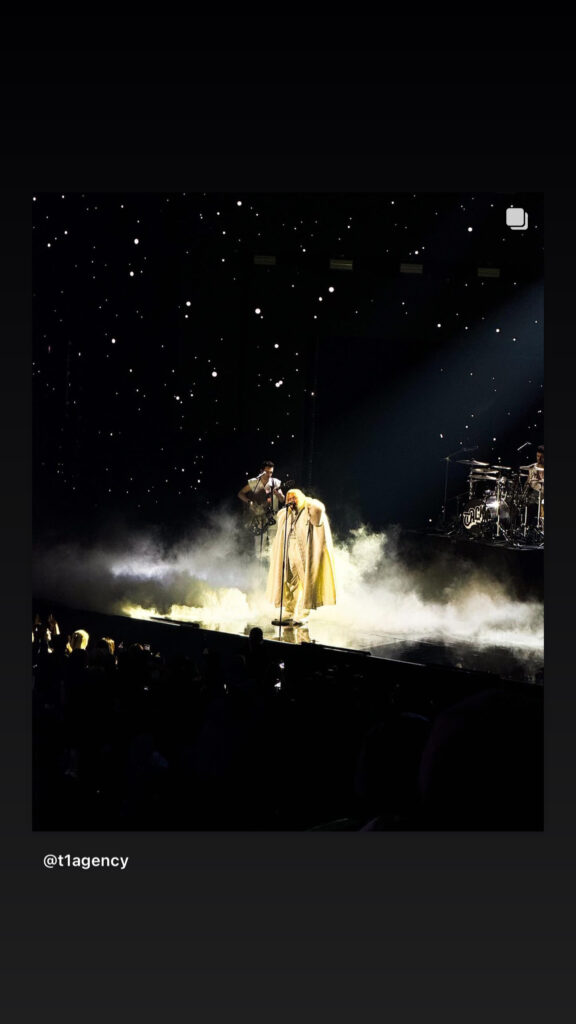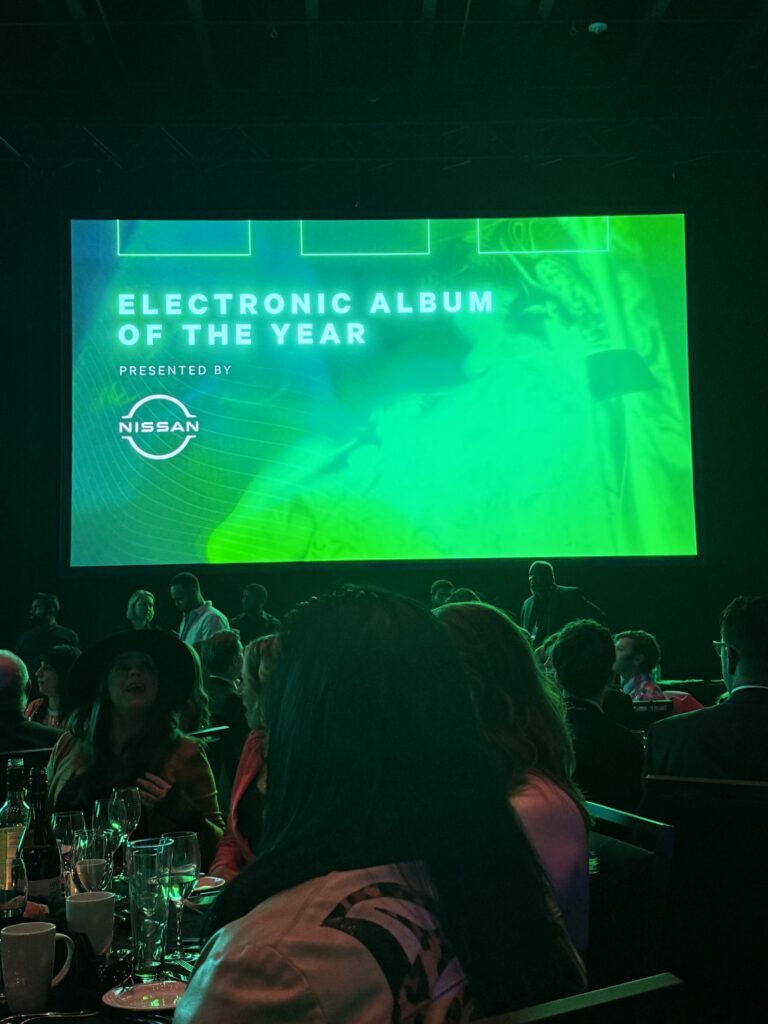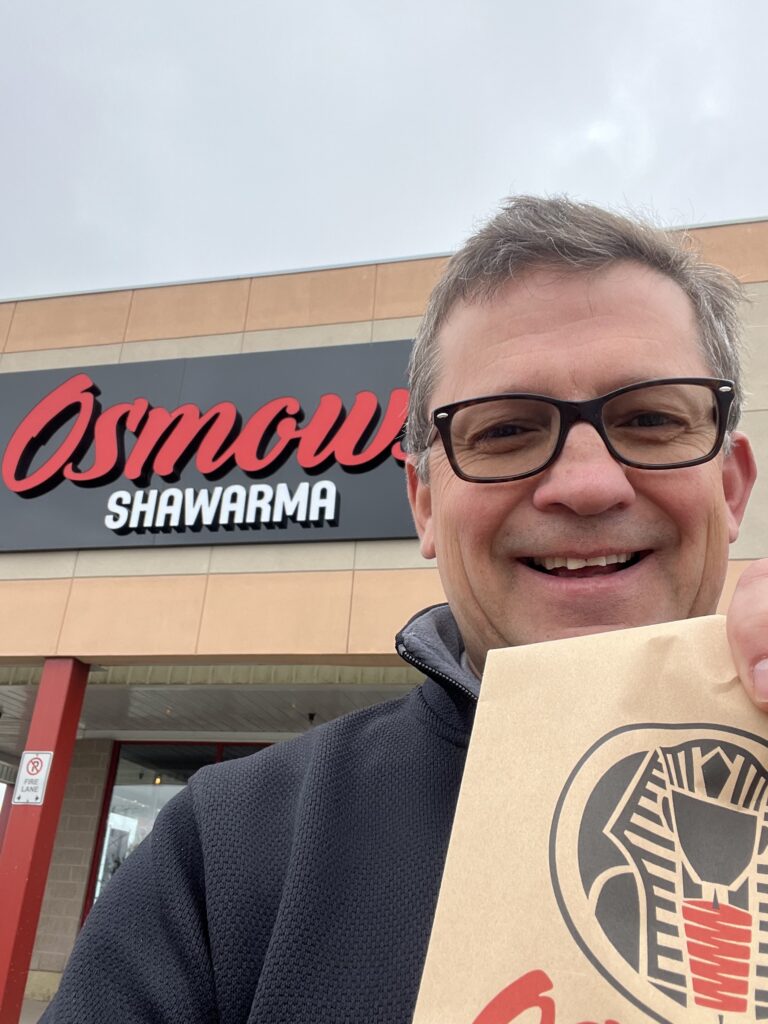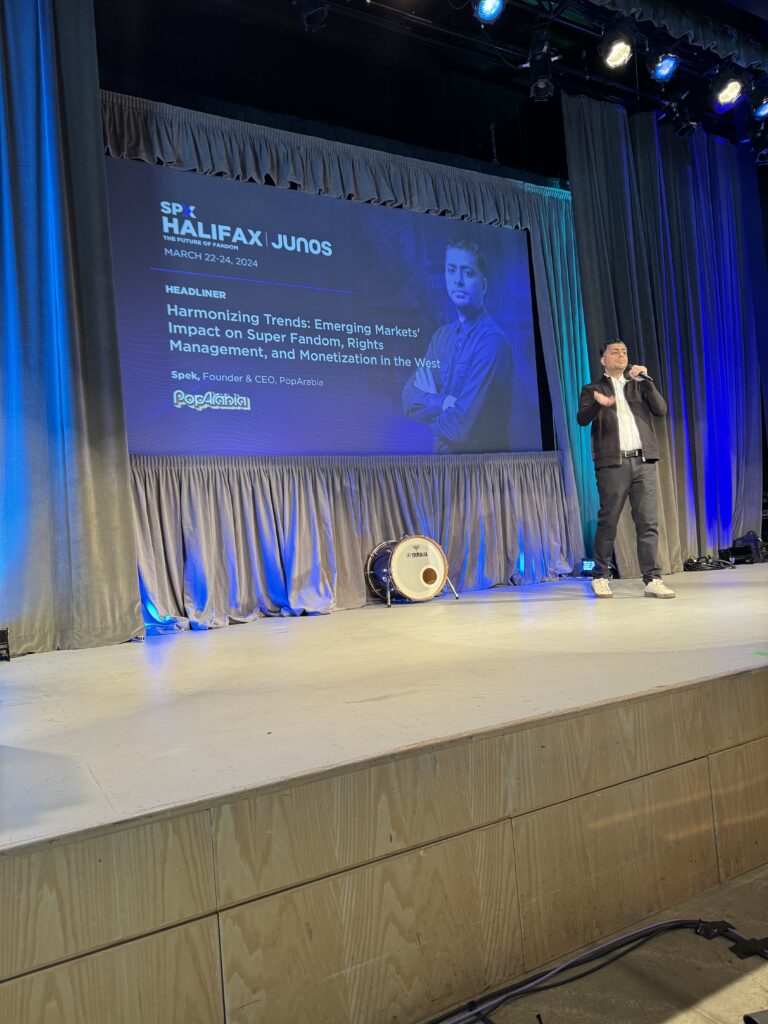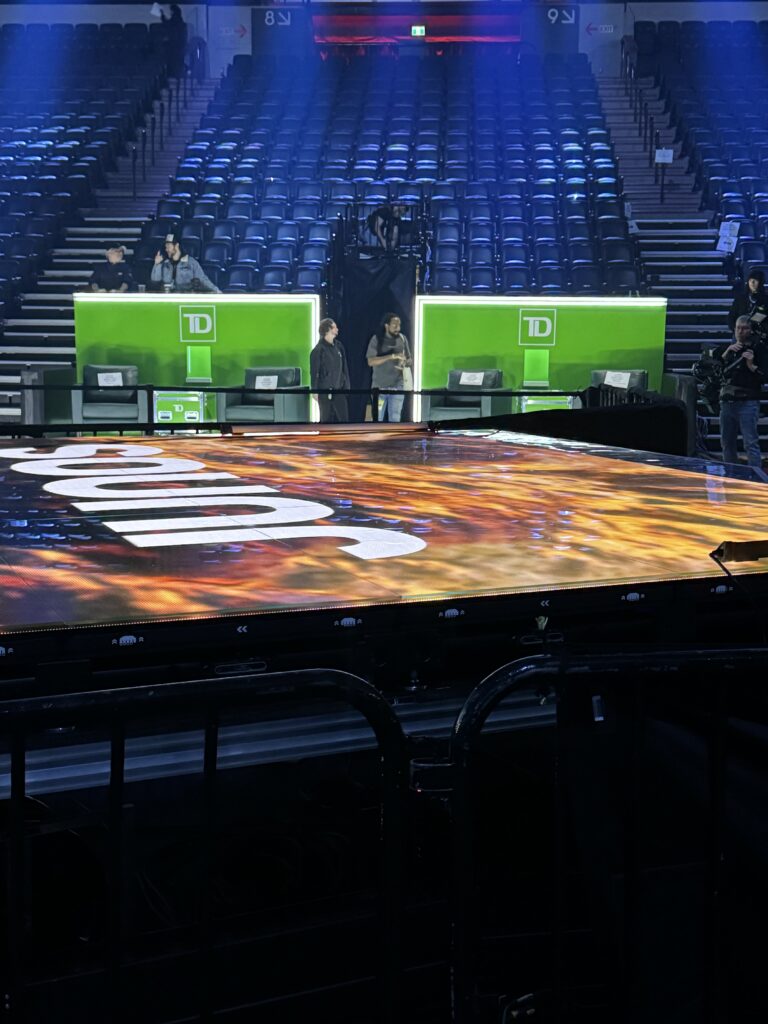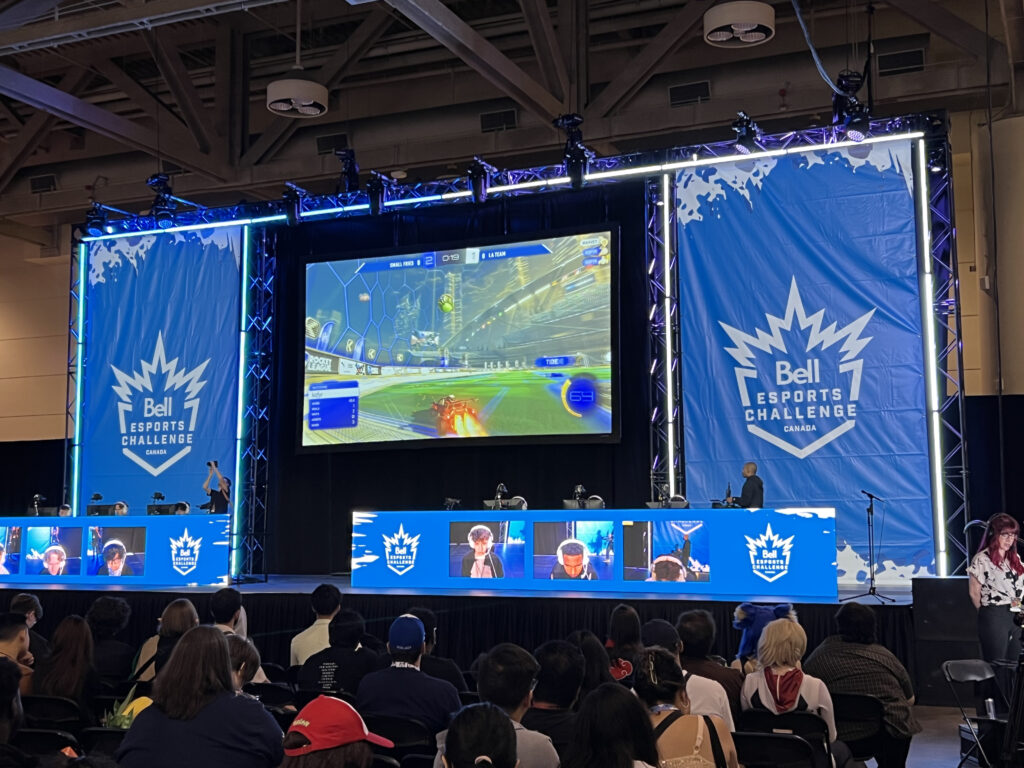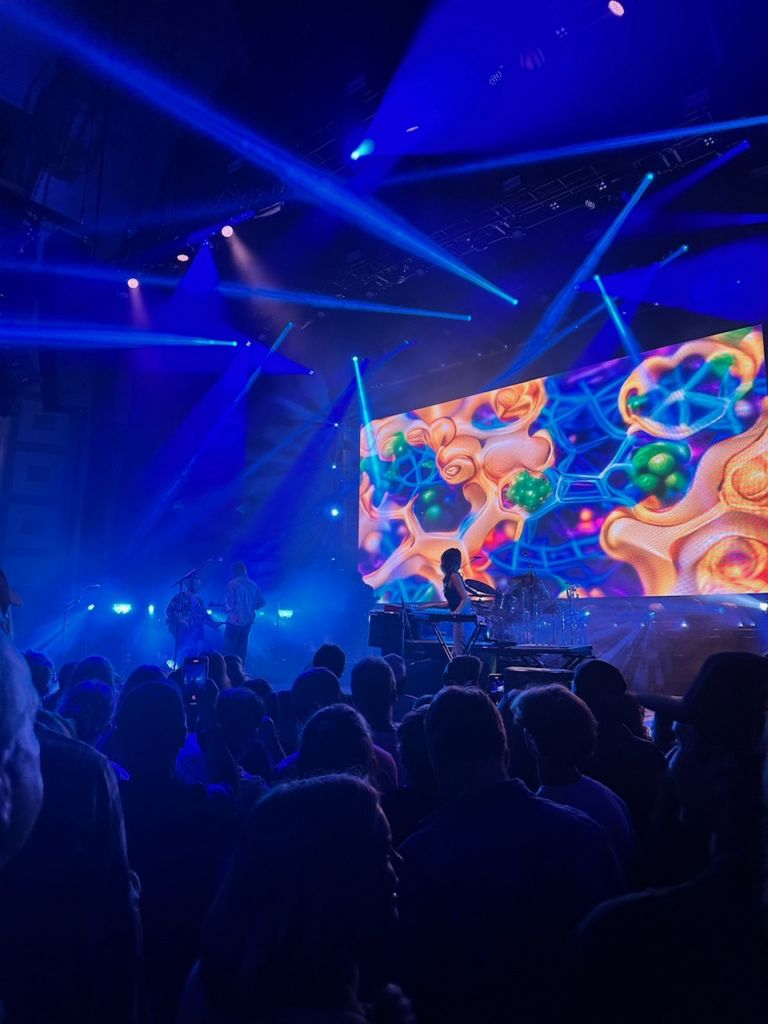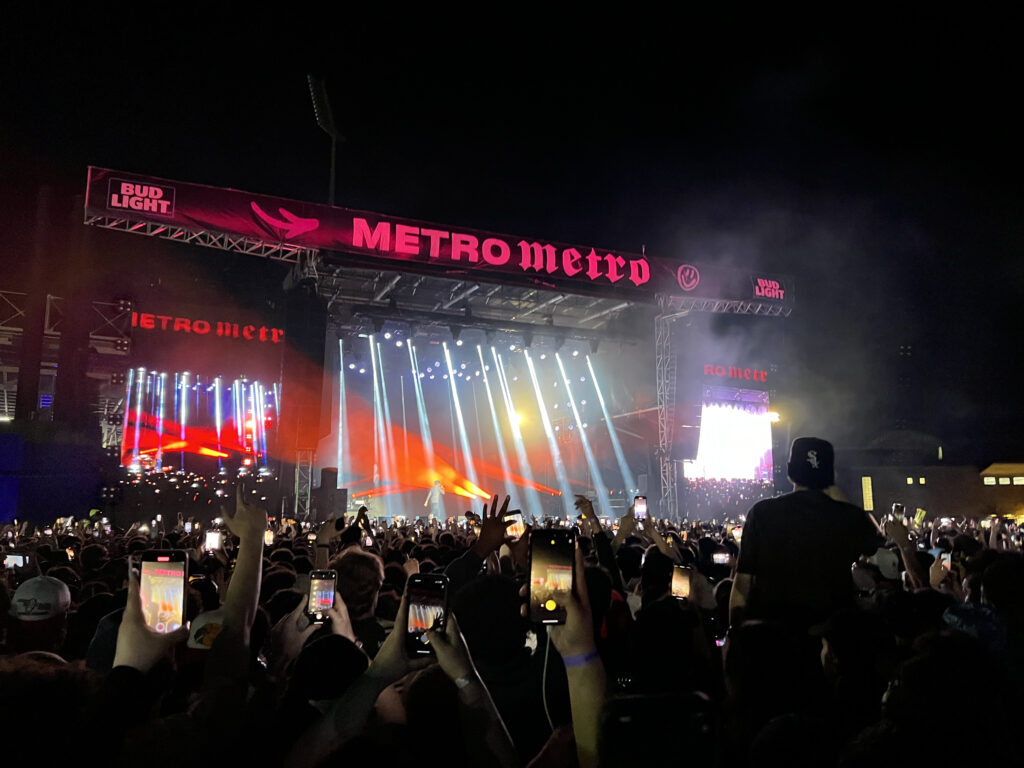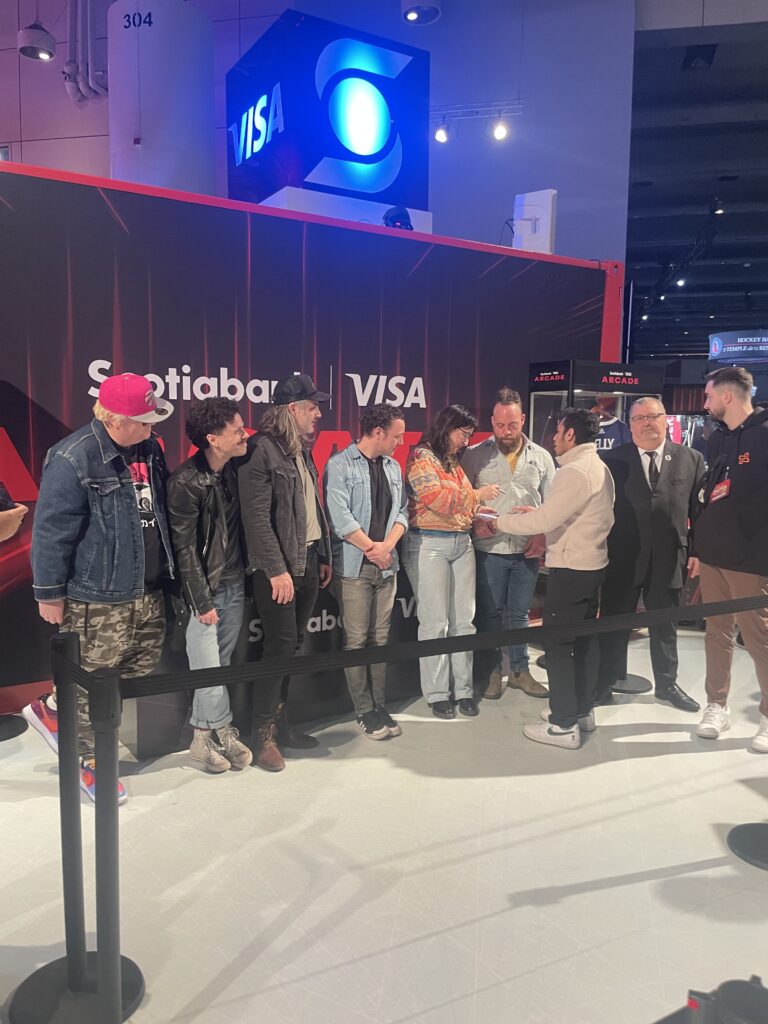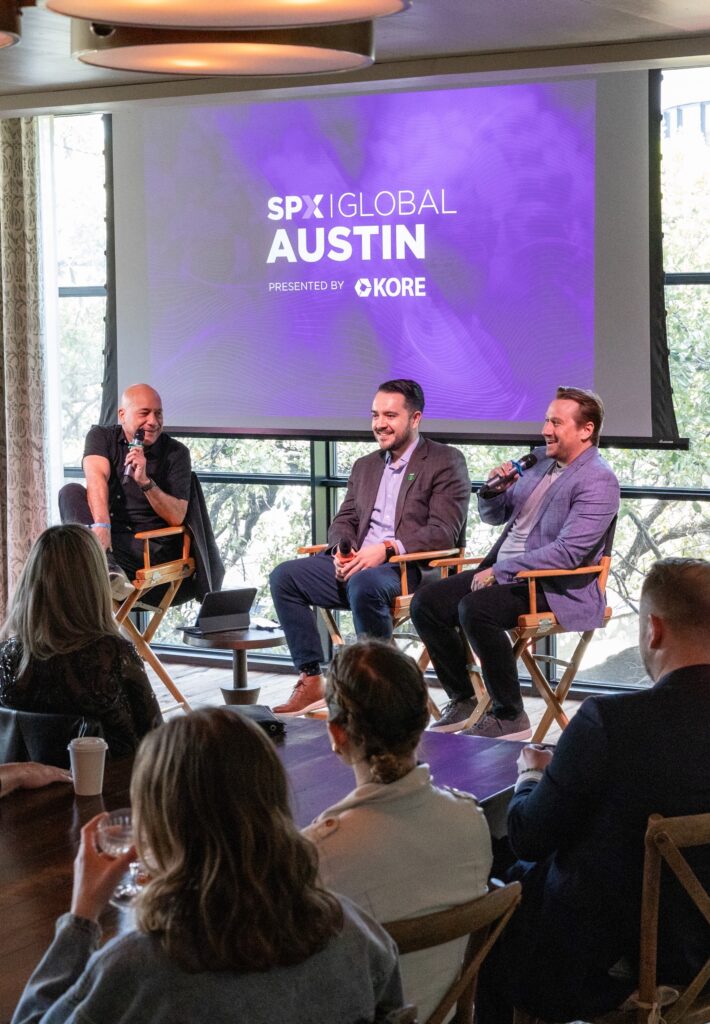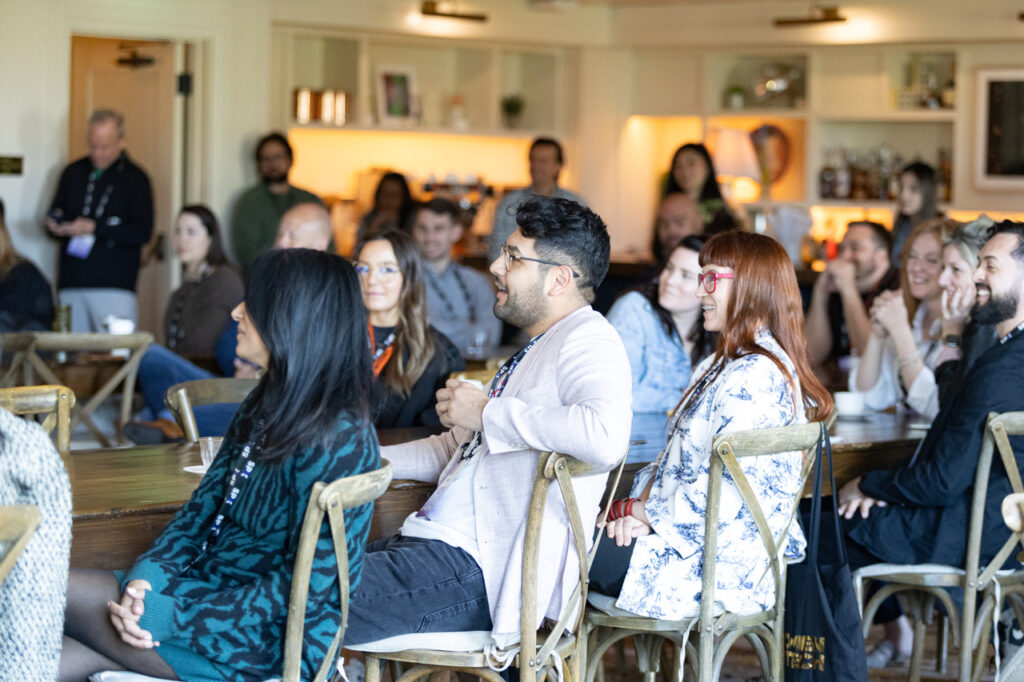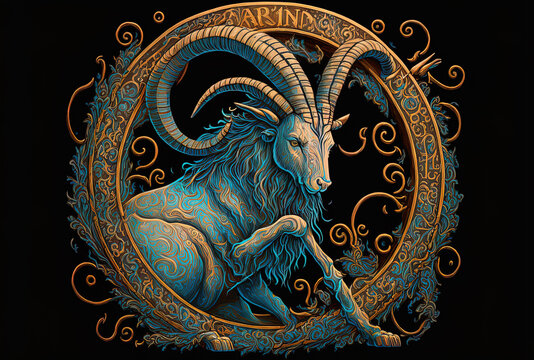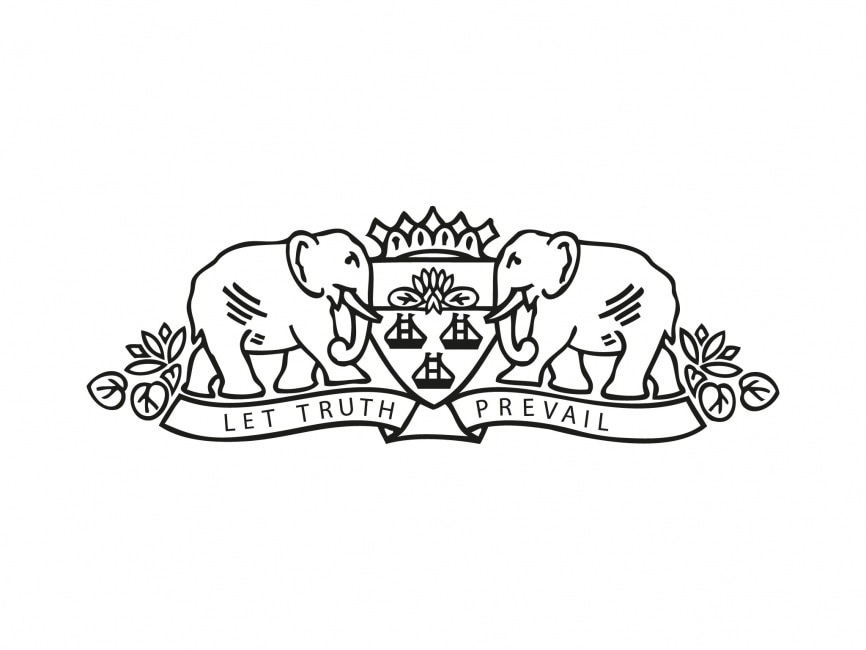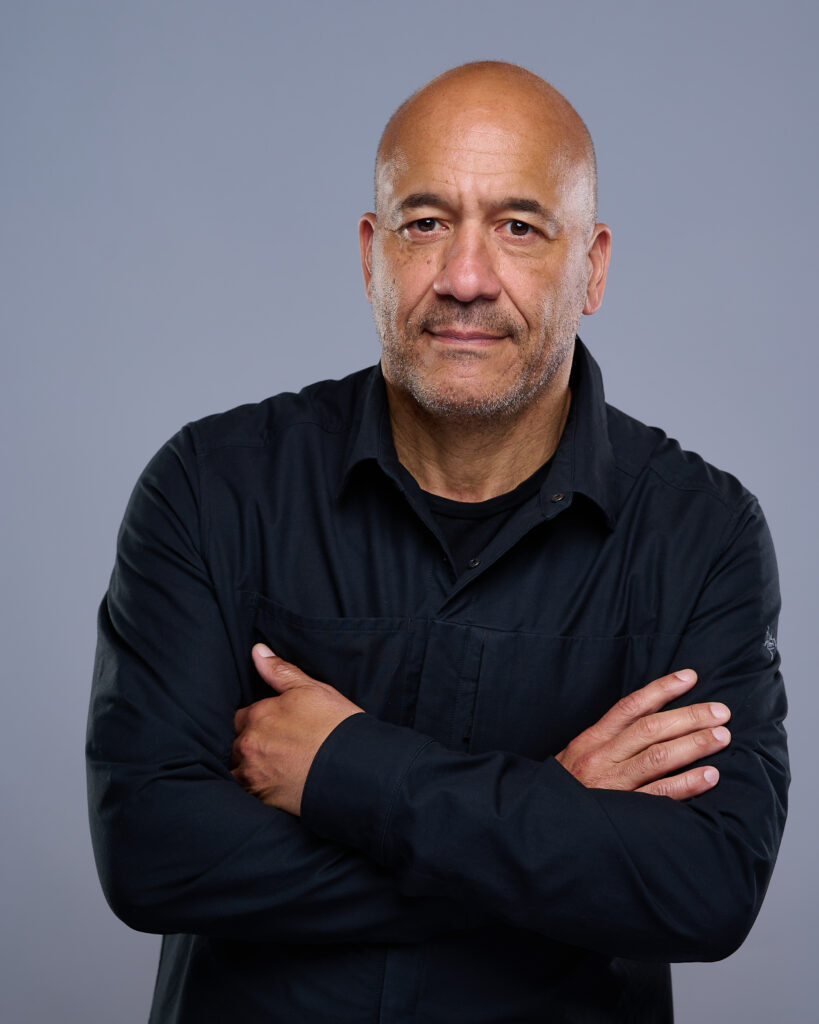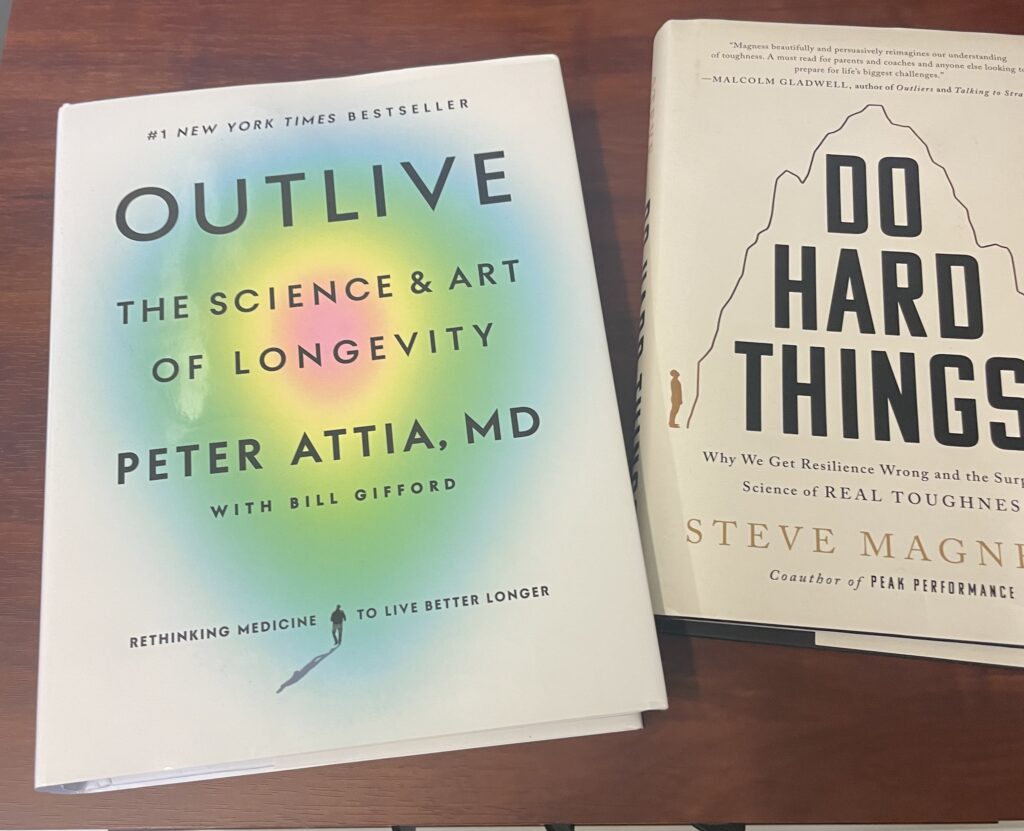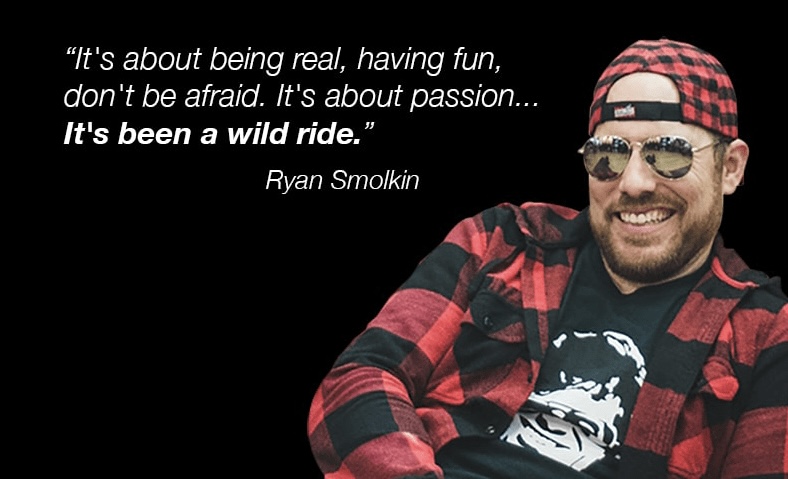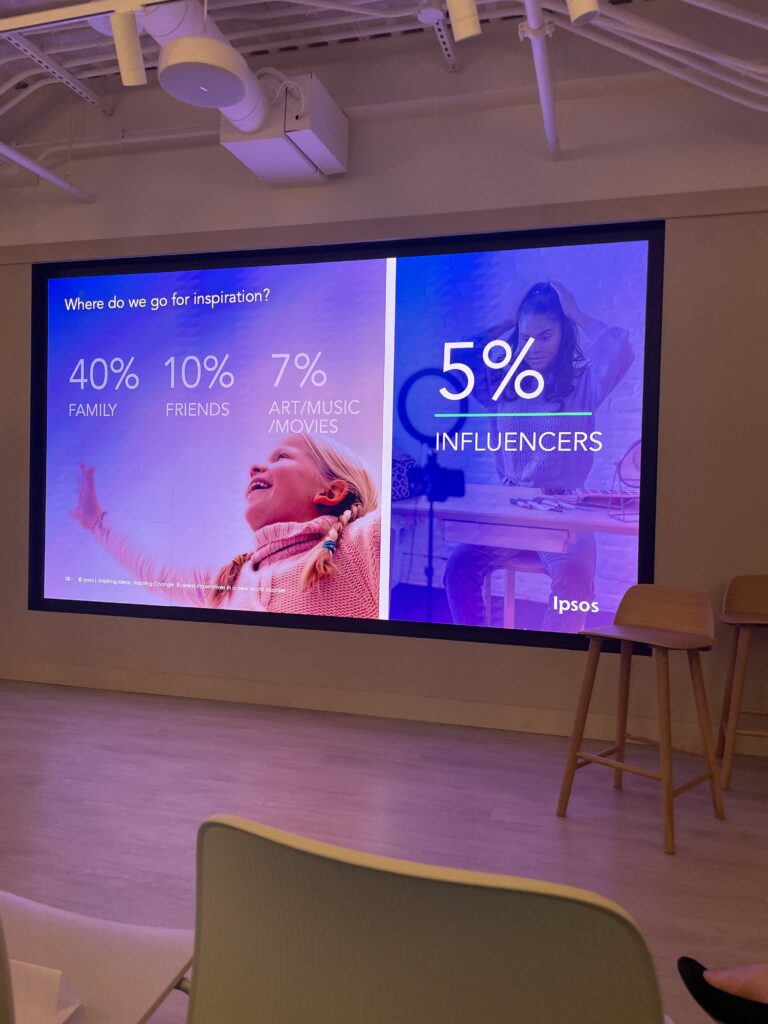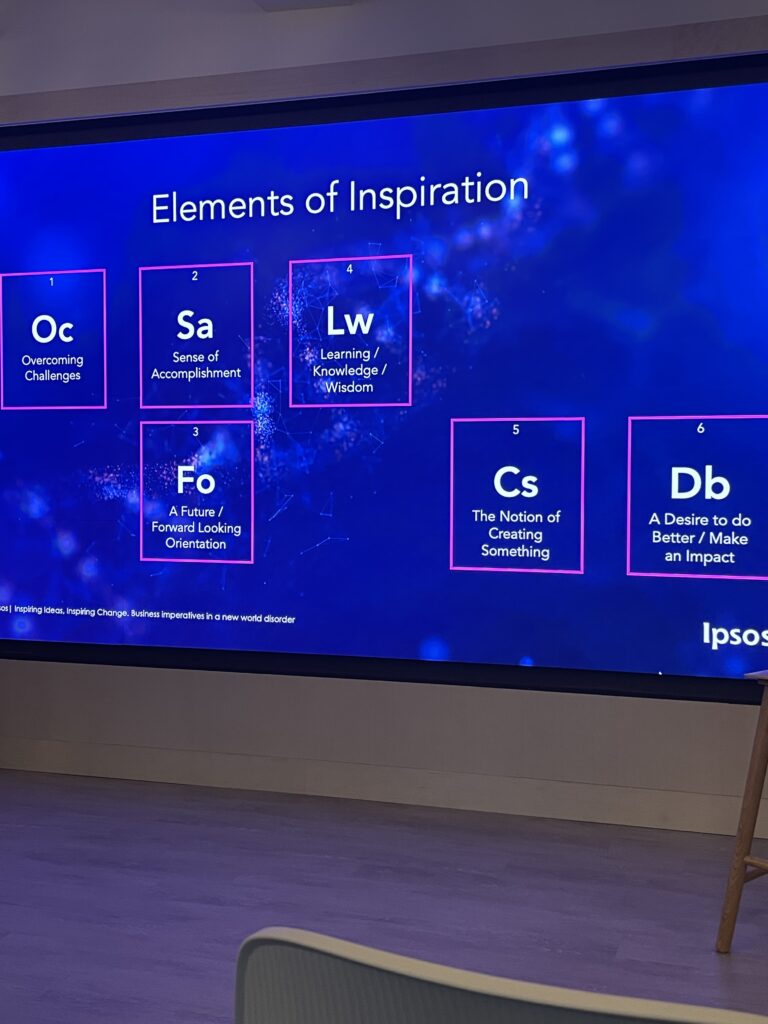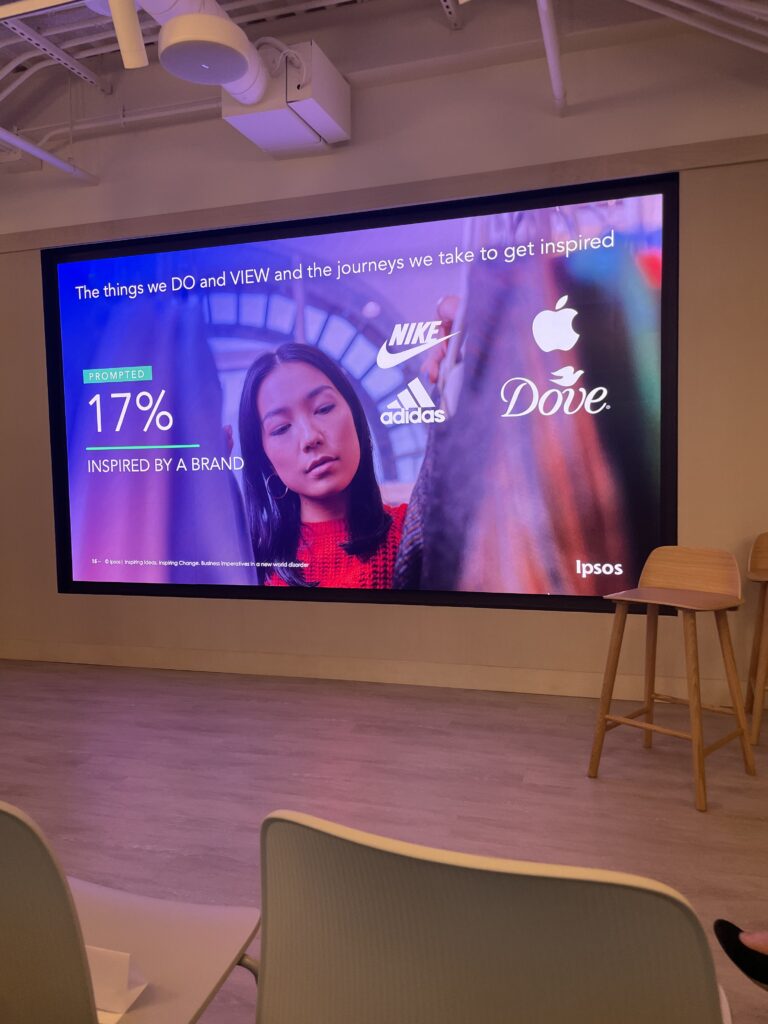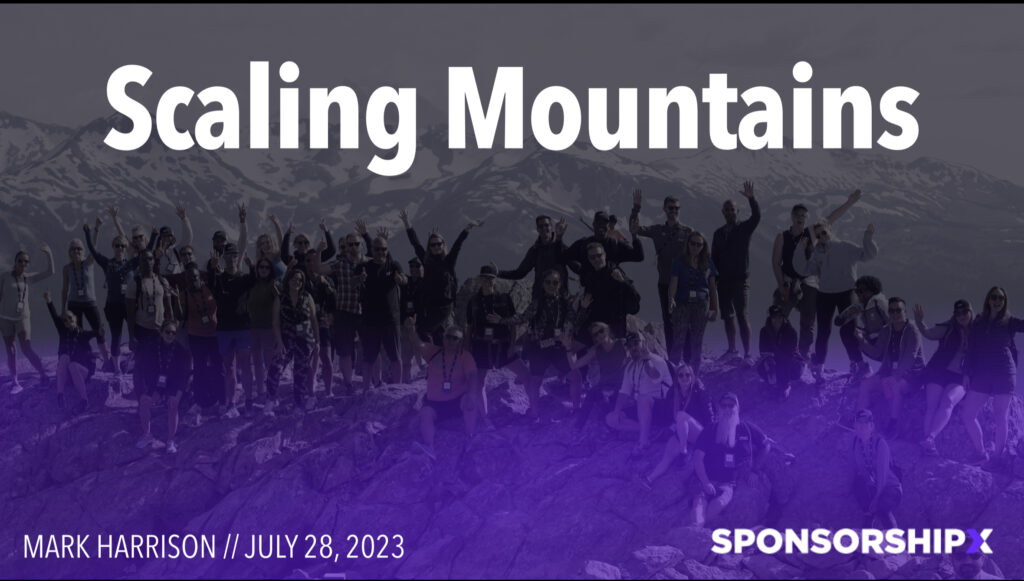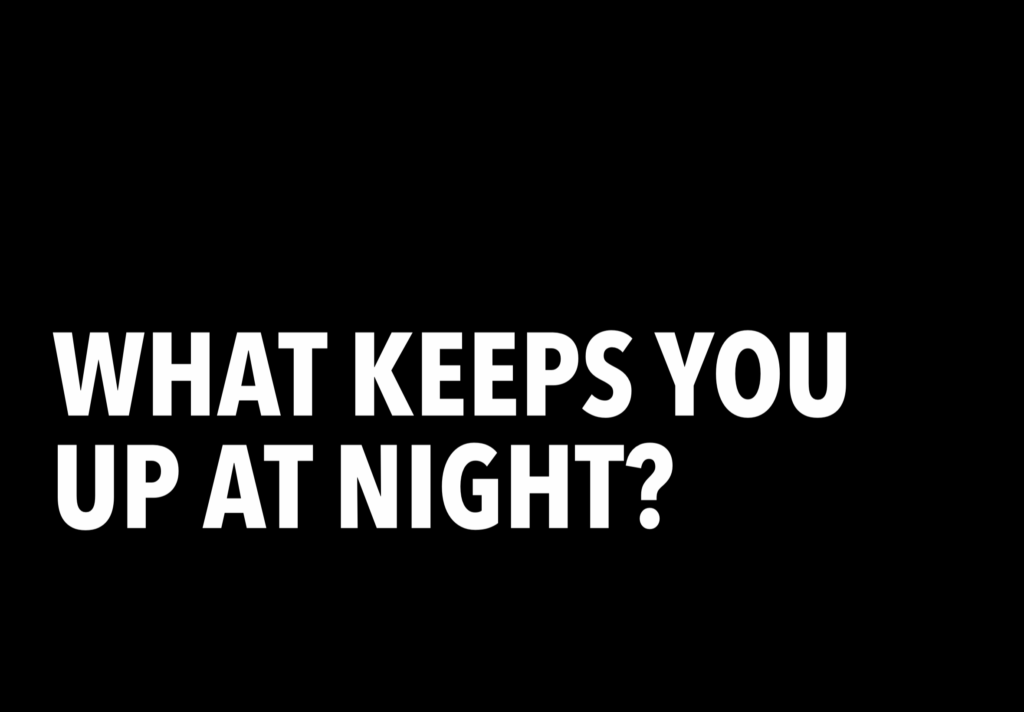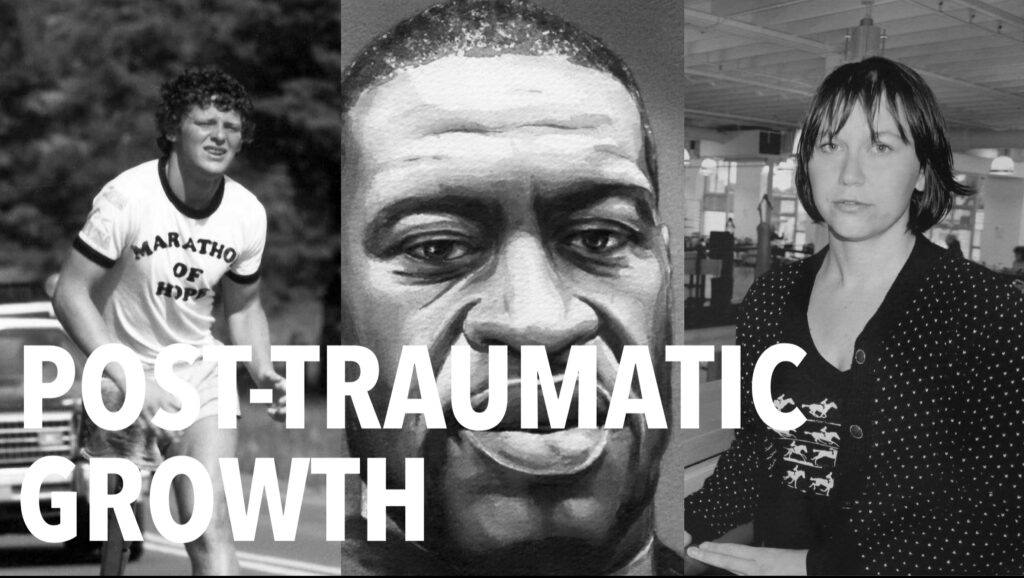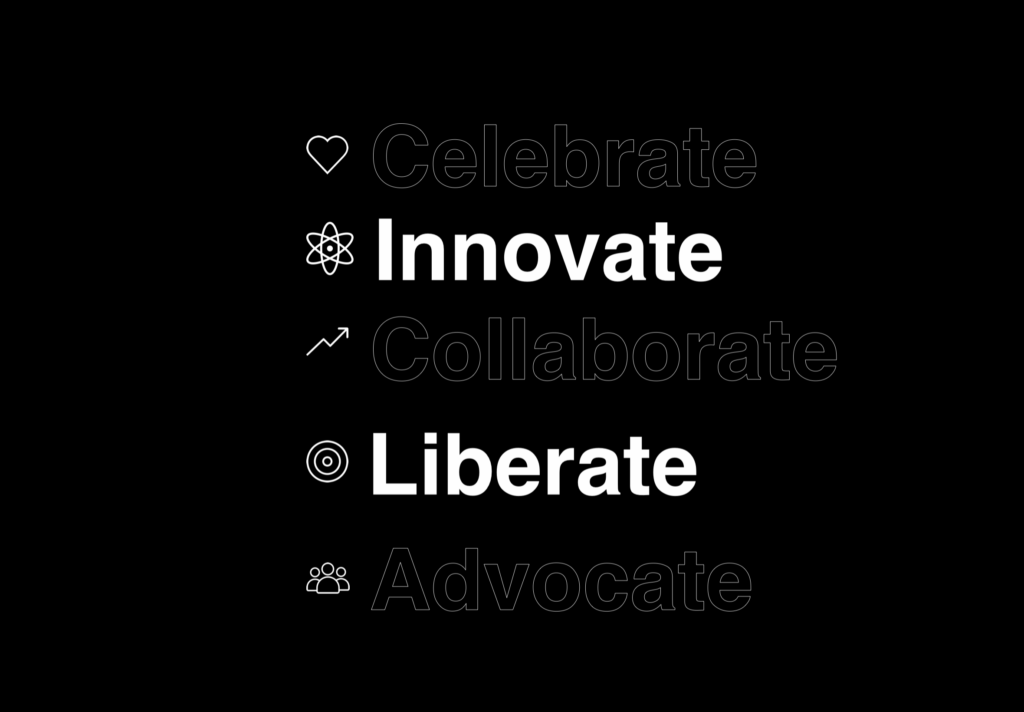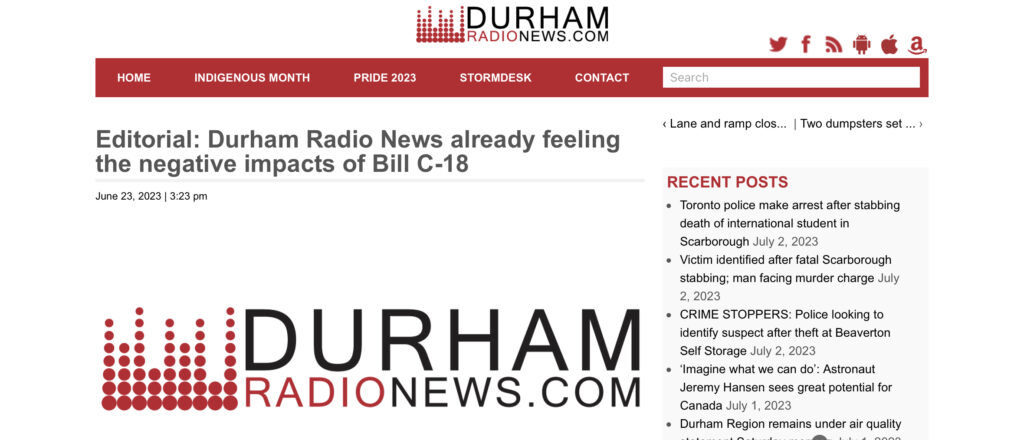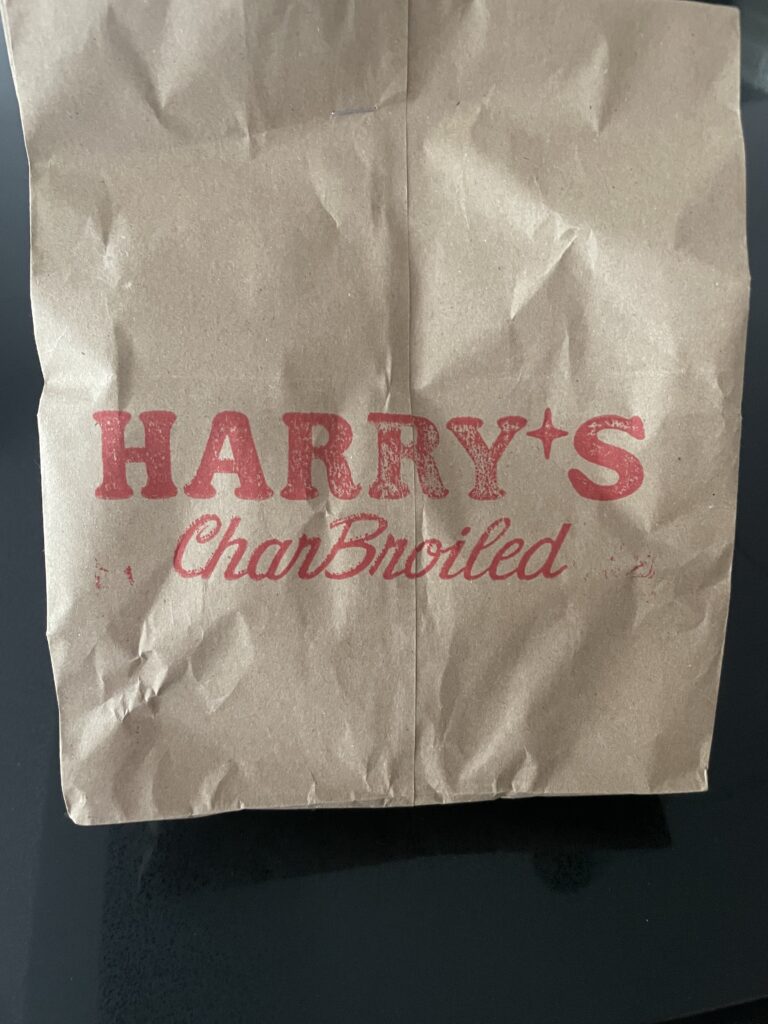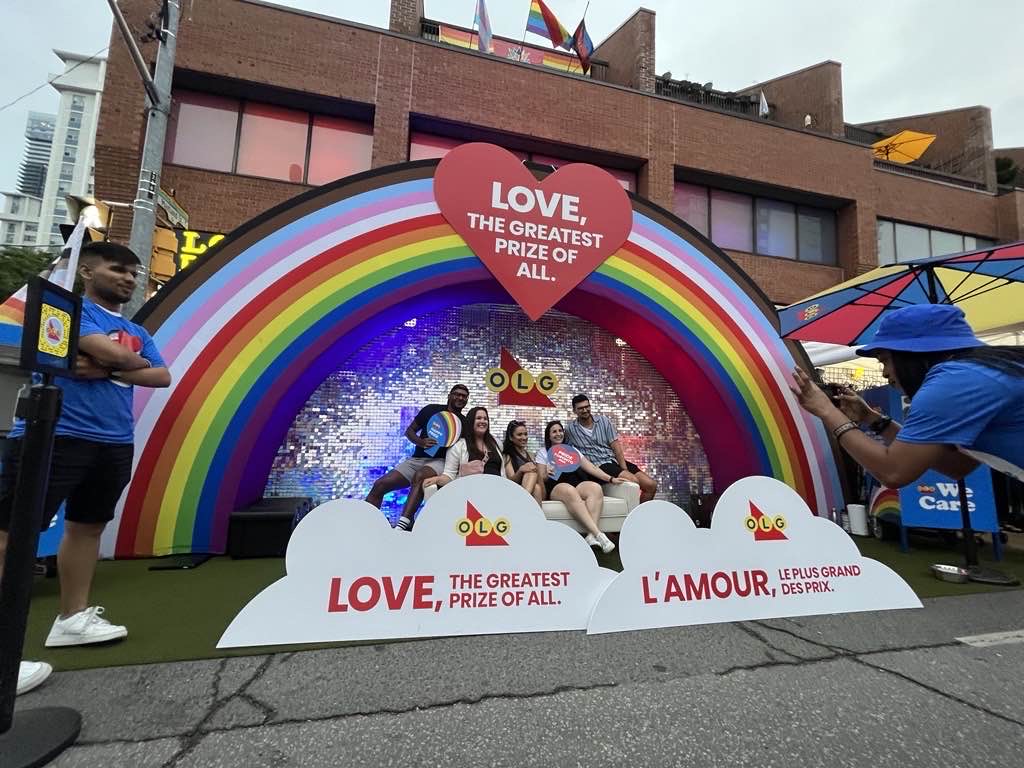Last week on CBC’s Metro Morning, I spoke about workplace flexibility. https://www.cbc.ca/listen/live-radio/1-39-metro-morning/clip/16053107-return-office-work-home-lose-promotions-thats-ultimatum
Recently, the headlines have been screaming that workers must return to the office.
Dell told employees they would not be considered for promotions or job transfers if they wished to remain remote. The company has begun differentiating remote workers from hybrid workers—those who appear in the office 39 days per quarter.
According to an internal memo by Bloomberg, Deutsche Bank managers must come into the office four days a week, and all other staff must come in at least three, as of June. Additionally, remote work on Mondays following remote work on Friday will be banned, evaporating the chances of long remote work weekend holidays. Chalking the change up to inefficient use of real estate, Chief Executive Christian Sewing and Chief Operating Officer Rebecca Short said in the memo the bank wants to “spread our presence more evenly across the week.”
Bank of America has not changed their policy three days a week since 2022 but has been sending Letters of Education to employees about attendance to those who are not complying.
These are a few recent business headlines garnering attention about companies forcing people back to work, but loud these headlines scream that this is not the reality.
According to the Q1 2024 Flex Report (https://www.flex.scoopforwork.com/stats), across 7500 companies in this study done with Boston Consulting Group, the number of companies demanding full-time office has dropped from 49% at the beginning of 2023 to 38% now! Their research also shows that only 6% of companies demand employees to be in the office four days a week, and 1/3 of US companies require no office time.
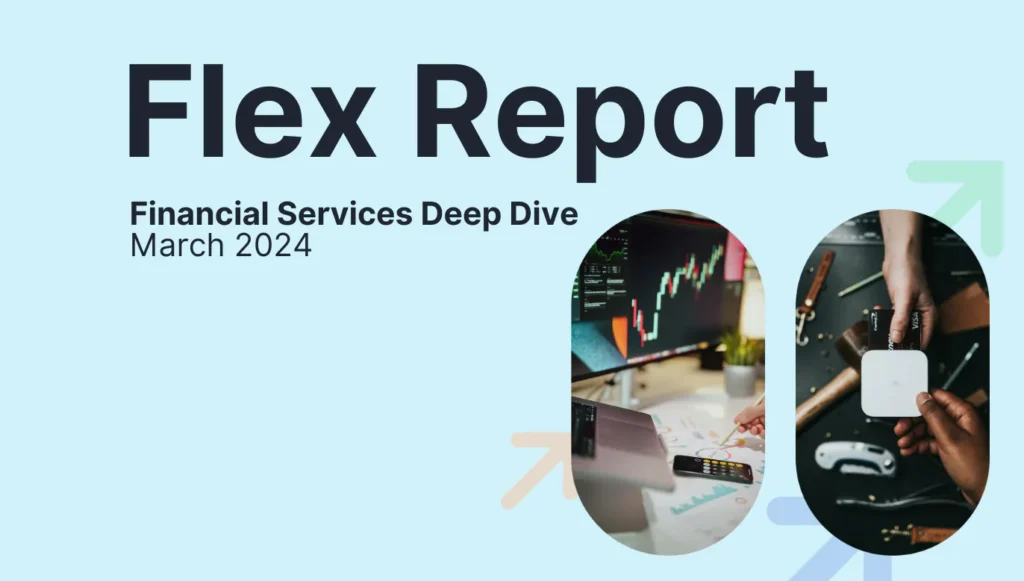
The data also shows that this has been a wise choice. In 2021-22, fully flexible companies (either fully remote or employee choice) outperformed their peers by 16% in revenue growth. Excluding tech companies, it was still 13%, and a University of Chicago study found that workers saved 72 minutes on average and invested 40% of that time into extra work.
So why are some companies demanding people back to the office?
To some Dell’s actions are deceptive ways to trim its headcount as it faces challenging and uncertain economic times. But if you dig deeper, it is more than just economic headwinds.
According to Deloitte, 85% of leaders have Productivity Paranoia that remote workers are less effective, yet only 3% of companies have a reliable way to measure and track that. Why have so many top executives said remote work is for the lazy and a leader? In their minds, remote work could again be recognized as something desired for less committed workers, as before the pandemic.
Given the economic headwinds, perhaps big companies think they can get away with it. One primary reason for this is the stability of staff employment. Bank of America’s employee turnover rate dropped to 6% in 2023’s fourth quarter, the bank reported this month. That’s roughly half the typical rate.
In short, it’s easier to say that it’s essential for people to be onsite to maintain culture than to tell your people that you don’t trust them. However, according to Deloitte, this narrative does not resonate with employees choosing to work for flexible companies that prioritize human performance to help organizations jump into a boundaryless future.
The data demonstrates that fully flexible is the approach most companies currently use, and the research indicates that structured hybrid will be the most prevalent going forward. This evolution is good news for women as more women are in the workforce than ever. Balancing personal duties with their careers more easily will reduce the chances of their not being considered for advancement. We should not limit this to women; we should look at all parents of young children.
Embracing flexible work is also good for people looking to live in less expensive areas or with tethers to specific geography (i.e. a partner’s role or aging parents).

The Oxford Institute of Population Aging says that hybrid work could benefit older employees because it cuts commute times, makes it easier to care for aging partners and frees up time for hobbies. “Hybrid and remote working models are giving older generations new opportunities to have flexibility around work,” says Wayne Berger, IWG’s chief executive officer of Americas, based in Toronto. (Globe & Mail)
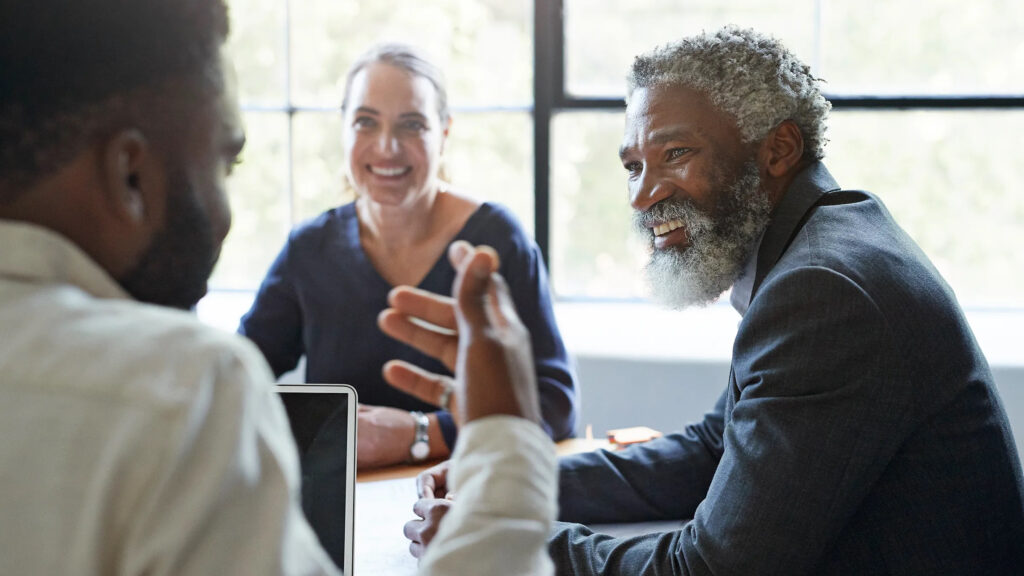
Flexible workplaces are excellent for those who may not have felt safe or confident being in a full-time office setting but prefer to interact with their colleagues on their terms, free from any feelings of judgement they may have encountered.
Welcome to the world of boundaryless work. Is that a word? Is boundarylessness a word? They may not be, but the sentiment is powerful.
This shift to boundaryless work is great news for companies as they recognize that it is time to trade in the rules, operating constructs, and proxies of the past. According to Deloitte, these are barriers to maximizing human performance.
I can attest that I have entirely changed my mind on this since the end of 2022! Why is that? Like you, I was brought up in a system that became self-fulfilling. Think about it. We are born and housed in a family, but early on, we are shepherded into buildings: churches, schools, and community centres. As a monolith, we are told when to show up and how to behave.
In the workplace, we then followed these approaches. Managers and Vice-Presidents replaced our Teachers and Vice-Principals. We were scolded for being late, reprimanded for being too loud, and told to learn or work during daylight hours, which confirmed the schedules of others and did not work for us.
If we want to emphasize Human Performance, that has to change, and it is. This rocket ship has launched. Today, we can reimagine the workplace, make it as experiential as we preach, and prioritize individuality as we pontificate. This will allow people to increase performance while empathizing with work-life balance.
Outside of those who have heavy real estate investments, this upheaval will benefit enterprises large and small. We will change where we invest money from rent to team building, capacity building, and upskilling. Our offices will become hospitality, entertainment, and wellness destinations. We will stop scheduling meetings and start curating programming and events.
One of my favourite authors, Priya Parker, discusses how to treat people at events. She says, “Find a way to honour that person instead of their job description.”
Let’s follow that direction when it comes to the boundaryless workplace.

